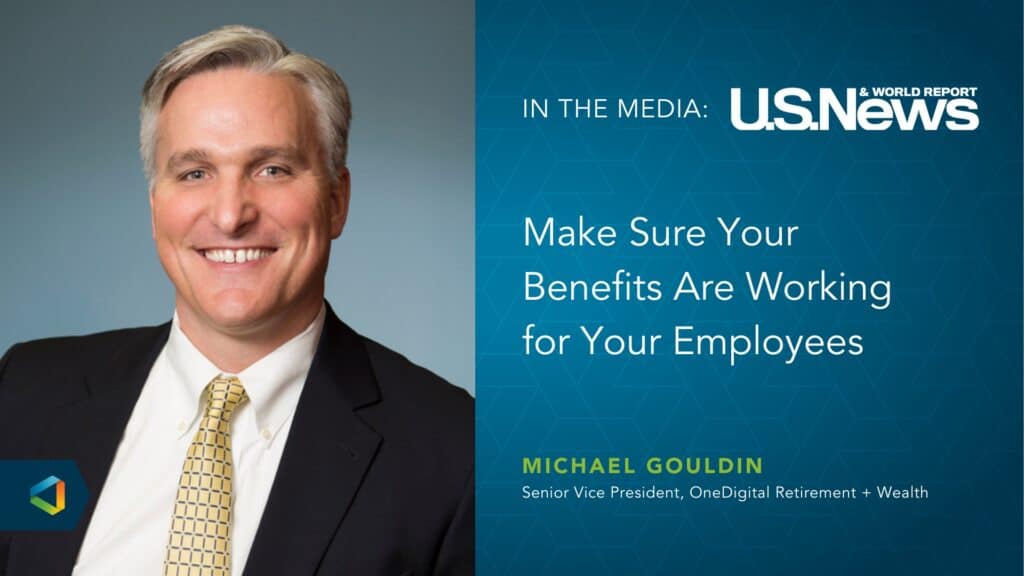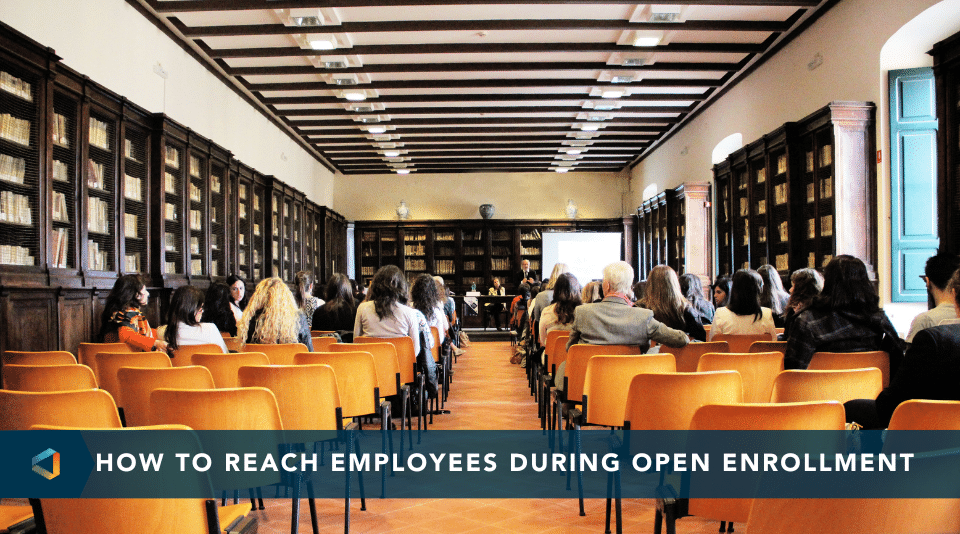In April of 2016, UnitedHealthcare’s CEO Stephen Hemsley said that in 2017 UHC “will remain in only a handful of states.” According to an article by Employee Benefit News, “the exchange market is proving to be smaller and riskier than UnitedHealth had expected, meaning…the company expects to lose about $650 million on the plans this year.”
Many are asking “how does UnitedHealthcare’s pending departure of the individual exchange affect the millions of people who are currently enrolled in, or considering enrollment through, a private exchange?” Especially in light of the fact that Accenture (a lead strategy and consulting firm) forecasts private exchange enrollment of employees under 65 years old and dependents will grow to 12 million in 2016…22 million in 2017…and 40 million enrollees by 2018!
Private versus Public Exchanges
First, let’s talk about the different types of exchanges. The two primary exchange platforms are public and private. One of the biggest differentiators is how the insurance is paid. A public exchange offers the potential of government premium subsidies or tax credits; whereas, private exchanges are typically employer sponsored and offer tax-favorable premium subsidies paid by the employer. Both public and private exchanges may or may not require the insured to make premium payments.
More on Public Exchanges – (aka Healthcare.gov)
HealthCare.gov is the only public exchange model. While some qualifying employers may purchase coverage through Healthcare.gov, the significant majority of enrollments are made up of individuals without access to affordable employer-sponsored coverage. Insurance companies are not required to participate in the public exchange, nor are they required to offer all of their plan designs in the public exchange. As a result, the public exchange has more limited options.
More on Private Exchanges – (aka Defined Contribution)
Unlike HealthCare.gov, a private exchange (also known as a defined-contribution model) is more common in the employer market. With a private exchange model, employers (and employees) choose from a much larger array of plan designs and insurance companies. By using defined contribution technology, employers designate $X towards employee/dependent insurance cost (i.e. a premium subsidy) and provide employees with cost and benefit options. As the work force grows more diverse, premiums rise, and the ACA forces benefit changes, the defined contribution model provides employers with a long-term solution that is flexible and affordable. The best thing about private exchanges? Employers don’t need to go through the painful process of choosing a plan design for employees every year!
With all that in mind – let’s go back to the original question:
“How does UHC’s pending departure of the individual exchange affect the millions of people who are currently enrolled in, or considering enrollment through, a private exchange?” It doesn’t!
When an insurance company agrees to participate in HealthCare.gov, it agrees to abide by certain rules, policies and procedures that may not necessarily exist in the private market. UHC is an insurance company, and the insurance company’s job is to manage risk. If an insurance company doesn’t manage risk well, we all suffer because premiums will increase at a higher rate in order to make up for losses.
2016 marks the three-year anniversary of Healthcare.gov. Regardless of your political stance, the U.S. healthcare system needed a change. This is just the beginning. Expect more changes, but don’t be worried or fearful. While change is hard, it is often necessary and good. It’s important to think ahead and develop a strategic plan so you have some control vs. letting the industry control you.




